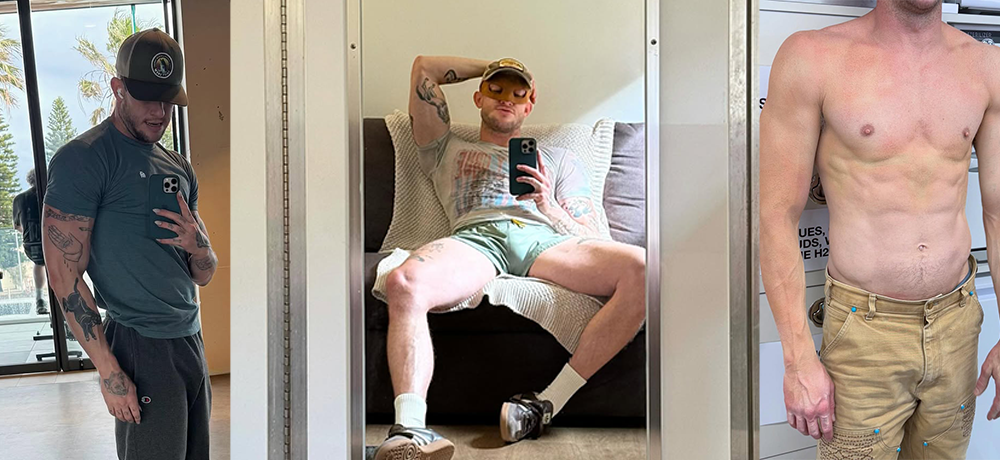
HIV infections down
Gay men are taking notice of anti-high-risk sex campaigns, community educators believe, and they’re pointing to a 14 percent drop in HIV notifications among gay men as evidence.
NSW doctors reported 246 gay men were diagnosed as HIV-positive in 2004, down from 287 in 2003, according to NSW Health data released yesterday.
The decrease, which reverses the 2002-2003 trend of rising HIV notifications, could be linked to a sustained drop in risky practices among gay men.
Unprotected anal sex has dropped consistently since 2001, particularly at sex-on-premises venues (SOPVs), according to the Sydney Gay Community Periodic survey conducted by the National Centre in HIV Social Research.
The number of men who said they had some unprotected anal intercourse with casual sex partners has dropped by three percent since 2001, according to the survey.
In the same period, the number of men who reported having had some unprotected anal sex at SOPVs fell by 14 percent.
This was attributed to a rise in condom use and some reports of abstinence from anal sex.
The findings are the first downward trend in risky sex practice recorded by the centre since 1996, and the changes seen at SOPVs in particular may hold ongoing significance for HIV rates.
Men who use SOPVs often lead the change in sex practices, and my guess is the larger drop will filter through to men recruited [for the Periodic Survey] from other venues, Professor Sue Kippax, director of the National Centre in HIV Social Research, told Sydney Star Observer.
It’s usually the men recruited from SOPVs who in a sense are the vanguard of the change -¦ whether that’s in the wrong direction or the right direction.
Kippax drew a link between the decrease in risky sex practices and targeted health campaigns, which other observers have named as a major factor in last year’s drop in HIV notifications.
Don Baxter, executive director of the Australian Federation of AIDS Organisations, said the 2004 HIV figures showed the effectiveness of health agencies’ response to the increases of previous years.
I think it illustrates the benefits of a vigorous and coordinated and comprehensive response to the rises after they were announced in May 2003, Baxter told the Star.
Baxter contrasted the NSW figures to the 20 percent rise last year in HIV notifications in Queensland, which has yet to implement a high-level campaign around recent HIV increases.
But more work needed to be done to ensure that drops in HIV notifications in NSW were sustained, according to ACON president Adrian Lovney.
Lovney said ACON was pleased with the lower HIV figures, which he said vindicated gay community health campaigns implemented since 2003.
It does mean that the work we’re doing is working, Lovney told the Star.
That’s the message that we take out of these figures: that coordinated, high-profile campaigns that focus on returning to condoms, and [preventing] sexually transmissible infections -¦ are ultimately the way that we can keep HIV infections down.
But ACON and its partners needed to work harder to ensure the trend continued, Lovney said.
This is not over and it doesn’t mean that we need to decrease any of the work that we’re doing.









